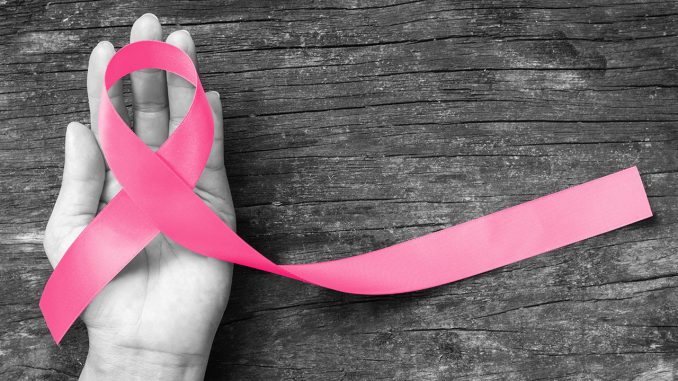
Chelsea Sookra, Staff Writer |
Mu Sigma Upsilon hosted a breast cancer awareness and pumpkin makeover event on Thursday, Oct. 14th.
What is breast cancer? Cancer is a disease in which abnormal cells divide uncontrollably and destroy body tissue. Breast cancer starts when healthy cells change and begin to grow out of control and turn into a tumor. This disease can be inherited. The tumor has five stages and the earlier a tumor is detected, the higher the survival rate. Stage 0 and 1 have 100% survival rates, stage 2 has a 93% survival rate, stage 3 has a 72% survival rate, and stage 4 has a 22% survival rate. Talk to your doctor about breast cancer if you have any other questions.
In 2021, one in eight women was diagnosed with breast cancer, which is 12.9% of women. In 1975, one in eleven women was diagnosed with breast cancer, which is 9.09% of women. Men are at risk for breast cancer as well. Some risk factors for men are heavy alcohol use, BRCA2 gene mutation, aging, chronic liver disorder, heredity, and excess body weight. Breast cancer is about 100 times less likely in men than women and the risk is 1 in 1,000 men.
What are the signs and symptoms of breast cancer? Severe pain and swelling in bones, yellowing of the skin and or eyes, itchy skin or rashes, stomach pain, loss of appetite, nausea, chronic cough, shortness of breath, chest pain, bloody discharge from nipples, breast discomfort, inverted nipples, lumps, swollen lymph nodes, redness, changes in the shape and or texture of breasts, and abnormal chest x-rays. Some people may have no symptoms.
Lumps are an early-stage symptom that can be detected through a self-examination. Other symptoms are more difficult to detect once the cancer has progressed to other parts of the body.
Here are the steps to perform a self-examination. Step 1: With your arms relaxed by your side, look for changes in shape or color or if the nipple has changed direction. Step 2: Place your hands on your hips and press firmly. Bend forwards and backward, looking for any changes. Step 3: Standing with one hand behind your head, explore your entire breast starting with the armpit and finishing with the nipple. Step 4: With the tips of the fingers together, feel your breast up and downwards. Also in round movements, starting from the outer part and pulling inward toward the nipple. Step 5: Lying with a cushion under your back, repeat all previous movements. Step 6: Place your thumb and forefinger on the tissue around the nipple and press. Look for any abnormal discharge.
While self-examinations can be a helpful way to keep track of your body, they may not be accurate. If you suspect something might be wrong, with or without a self-examination, you should always talk to your doctor. Stay informed and talk to a medical professional about any concerns you have about breast cancer.
Leave a Reply